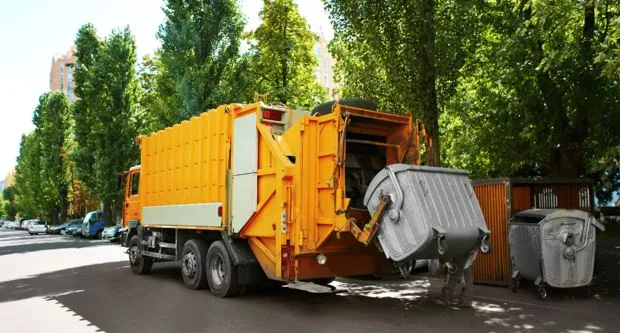Eco-friendly barriers revolutionize urban development with recyclable solutions
The construction industry is undergoing a green revolution as eco-friendly practices gain momentum. Recyclable hoarding solutions are at the forefront of this shift, offering sustainable alternatives to traditional construction methods. As urban areas expand, integrating such innovations is crucial for reducing environmental impact.
In recent years, urban development has increasingly prioritized sustainability, with recyclable solutions becoming essential in addressing modern construction challenges. Eco-friendly barriers are now a vital component of these efforts, providing practical solutions that align with environmental goals. Construction Hoarding plays a significant role in this transformation by minimizing waste and promoting resource efficiency. As cities continue to grow, the need for such sustainable practices becomes more evident, ensuring that development does not come at the expense of the environment.
Environmental impact of traditional construction methods
Traditional construction methods have long been criticized for their substantial environmental footprint. These methods typically generate significant waste, consume non-renewable resources, and contribute to pollution. The vast quantities of debris produced can overwhelm landfills and lead to soil and water contamination. Moreover, the energy-intensive processes involved in conventional construction further exacerbate climate change issues by increasing carbon emissions.
Recyclable materials offer a promising solution to these challenges by reducing waste and conserving resources. Using materials that can be repurposed or recycled not only decreases the volume of waste but also limits the need for raw material extraction. This approach promotes sustainability and aligns with global efforts to combat climate change. By adopting recyclable solutions, the construction industry can significantly mitigate its environmental impact while paving the way for greener urban landscapes.
The carbon footprint associated with traditional construction extends beyond the building phase itself. Transportation of heavy materials, operation of diesel-powered machinery, and the manufacturing processes of conventional building components all contribute to greenhouse gas emissions. Studies have shown that the construction sector accounts for a significant percentage of global CO2 emissions, making it imperative to explore alternative approaches. Furthermore, the depletion of natural resources such as timber, sand, and aggregates threatens ecosystems and biodiversity. By shifting toward recyclable and sustainable materials, the industry can play a crucial role in preserving natural habitats while meeting the growing demands of urbanization.
Recyclable barriers in construction projects
The integration of recyclable barriers into construction projects is transforming how urban environments are developed. These barriers, made from materials like recycled plastics and metals, are designed to be reused multiple times, drastically reducing the need for new resources. Their versatility allows them to be adapted for various applications, from temporary site enclosures to permanent structures.
Using recyclable solutions brings numerous benefits, including reduced waste and enhanced resource efficiency. Projects that utilize these barriers often experience lower costs due to decreased material consumption and waste disposal expenses. Additionally, employing sustainable materials enhances a project’s reputation among stakeholders and communities, highlighting a commitment to environmental stewardship.
Innovative materials setting new standards
The development of innovative materials has been pivotal in advancing recyclable barrier solutions. Cutting-edge technologies have enabled the creation of durable, lightweight materials that maintain structural integrity while being environmentally friendly. For instance, advancements in composite materials have resulted in barriers that are both robust and fully recyclable.
These innovations set new standards within the industry by demonstrating that sustainability does not have to compromise quality or functionality. As more companies adopt these materials, it becomes increasingly clear that eco-friendly barriers can meet or exceed traditional alternatives’ performance while supporting broader sustainability goals.
Challenges in adopting recyclable solutions
Despite their advantages, transitioning to recyclable solutions in construction poses certain challenges. Initial costs can be higher due to the investment required in new technologies and materials. Additionally, there may be resistance within the industry as companies adapt to new processes and standards.
However, these challenges can be overcome through collaboration and innovation. Construction companies need to consider long-term benefits when evaluating sustainable practices. Training programs and partnerships with material suppliers can facilitate smoother transitions by providing necessary support and expertise.






